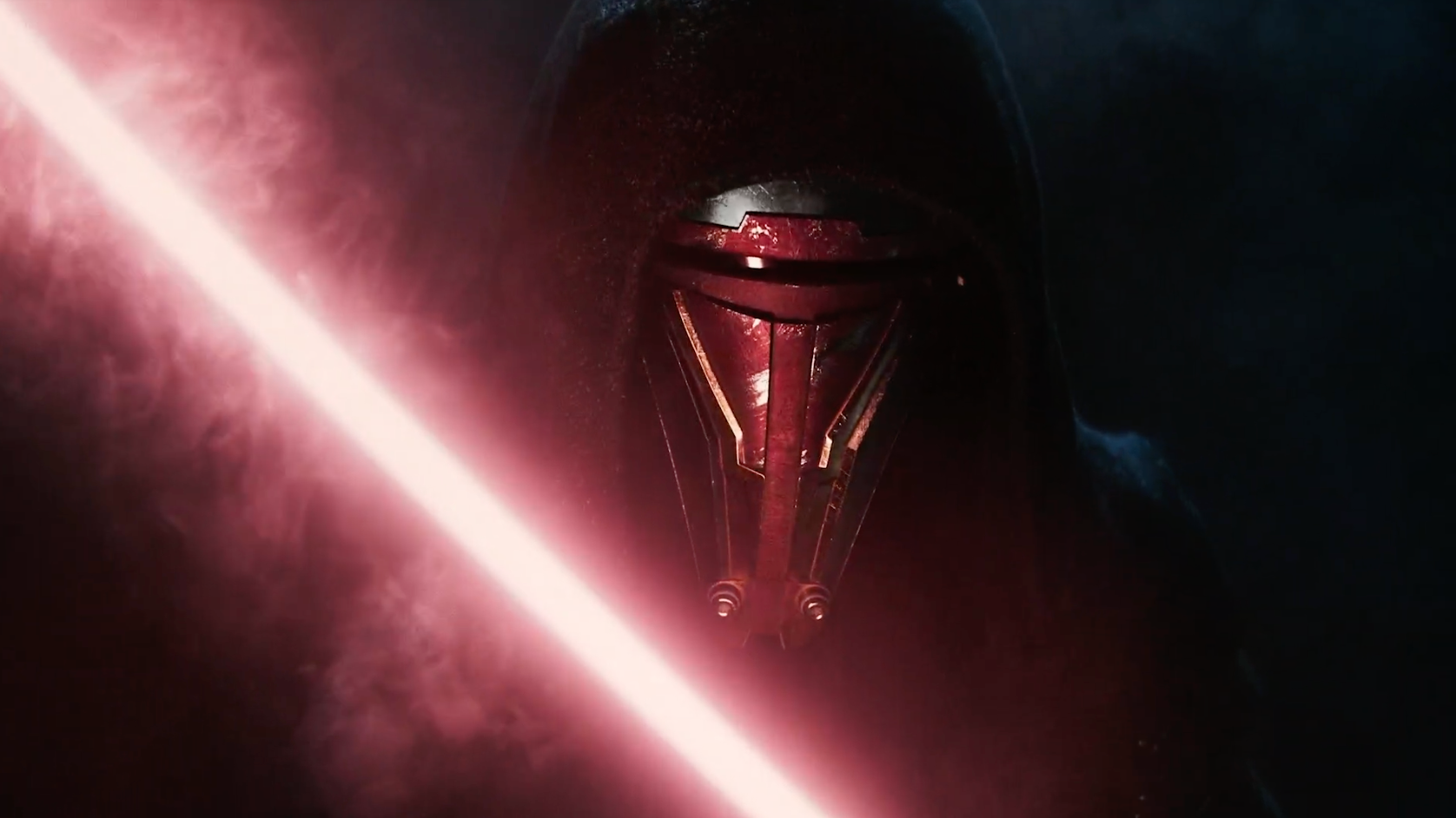Once considered an important gaming platform—Bungie revealed Halo at the 1999 MacWorld conference, believe it or not—the Mac’s gaming popularity shrunk alongside Mac sales at the turn of the millennium. Windows grew to dominate computer gaming and has ruled ever since.
But Apple’s release of faster, more efficient Apple Silicon chips, as well as improvements to the company’s Metal API and a new Game Porting Toolkit meant to make Windows ports to the Mac less difficult, have set the stage for a new era of Mac gaming.
So, what’s the best Mac for gaming?
Apple Mac Studio
The Best Mac for Gaming
This question has a clear answer. The Apple Mac Studio is the best Mac for gaming and, frankly, it’s not even close.
The key to the Mac Studio’s performance is Apple’s M2 Ultra. It’s a 24-core CPU with 38-core Neural Engine (though this is largely irrelevant to gaming). The base M2 Ultra also has 60 GPU cores, 64GB of memory, and 1TB of storage, all priced at $3,999. A 76-core GPU upgrade is available for an extra $1,000, bumping the price up to $4,999.
This represents the absolute pinnacle of modern Mac performance. Even the Mac Pro, a full-sized desktop tower, provides the same Apple M2 Ultra chips with equivalent GPU core counts. The bulk of the Mac Pro’s size is devoted to space add-in cards, which are unnecessary for modern Mac gaming (the Mac Pro’s internal slots aren’t compatible with graphics cards).
Are you on a more modest budget? The least expensive Mac Studio is a good choice. It has Apple’s M2 Max (instead of the M2 Ultra) with a 12-core CPU and 30-core GPU. Gamers can upgrade to a 38-core GPU for a mere $200 which, I think, is a great value. Gamers should be fine with the basic Mac Studio’s 32GB of unified system memory but should upgrade the standard 512GB solid state drive to a 1TB drive. These upgrades put the retail price at $2,399 which, though expensive, is $1,100 less than an equivalent MacBook Pro 16.
Put simply, the Mac Studio offers the most potent CPU and GPU available in any modern Mac, and also provides the best bang-for-your-buck of any modern Mac. That makes it the obvious choice for Mac gamers.
Apple MacBook Pro 16
The Best MacBook for Gaming
There’s just one problem with the Mac Studio. It’s a desktop.
We recommend buying a gaming desktop over a gaming laptop whenever possible, but laptops excel when gaming isn’t the only thing you’re trying to accomplish with your computer—which is likely true if you’re buying a Mac for gaming.
The MacBook Pro 16 has absurdly good battery life, a great keyboard and touchpad, strong speakers, and excellent wired and wireless connectivity. It also has a 16-inch Mini-LED with a refresh rate of up to 120Hz and HDR support.
Performance isn’t bad, either. The base MacBook Pro 16 ships with an Apple M2 Pro that has 12 CPU cores and 19 GPU cores, but gamers can upgrade to an M2 Max with up to 12 CPU cores and 38 GPU cores. The full-fat Pro 16 will perform roughly the same as the mid-range Mac Studio, though the Studio’s superior cooling may help it outperform in long gaming sessions.
You’ll pay nearly for the MacBook Pro 16’s portability, however. As mentioned earlier, a top-tier Apple MacBook Pro 16 with Apple M2 Pro, 38-core GPU, and 1TB solid state drive is $1,100 more expensive than Mac Studio with the same hardware. That’s a big gap.
What about the MacBook Pro 14? Actually, it’s more viable than you might think. Gamers can equip it with the same Apple M2 Pro with 38-core GPU. However, reviews of the MacBook Pro 14 and MacBook Pro 16 have consistently found the smaller Pro 14, which has less room for internal cooling, is roughly 5 to 10 percent slower in benchmarks. I recommend sticking to the Pro 16, but the Pro 14 could make sense if you travel frequently and prefer a smaller machine.
Apple Mac Mini
The Best Budget Mac for Gaming
The price of the recommendations I’ve made so far may leave you disheartened. All of them ring up well above $2,000, and the best Macs for gaming easily exceed $3,000. That’s a lot of money. So, what’s a budget-conscious Mac gamer to do?
Just buy the Mac Mini.
You can snag a Mac Mini for as little as $599. That model only has an 8-core CPU and 10-core GPU, however, so it’s rather slow. Gamers should upgrade to the Mac Mini with Apple M2 Pro, which comes in two flavors. The $1,299 Mac Mini with M2 Pro has a 10-core CPU and 16-core GPU, and a $300 upgrade boosts that to a 12-core CPU and 19-core GPU.
Going this route has its issues. The M2 Pro isn’t bad, but it’s far less powerful than the Mac Studio or MacBook Pro 16. You’ll want to stick to gaming at 1080p in most titles. The Mac Mini with M2 Pro also has 16GB of unified memory and a small 512GB solid state drive. Further upgrades are available but prohibitively expensive, so I don’t recommend them.
Still, the Mac Mini is more than capable of handling titles with native Apple Silicon support at 1080p and 30 to 60 frames per second (and sometimes more). And, as you might expect, it should fly through translated or ported versions of older 3D and 2D titles. Emulation is quite good, with good performance in titles up to the PlayStation 3 / Xbox 360 era, as well as some Wii U and Switch games.
Should You Really Buy a Mac for Gaming?

Now you know which Mac is best for gaming. But does Mac gaming really make sense in 2023? Should you buy a Mac or a PC?
Well, that depends.
No Man’s Sky, which recently received a high-profile port to the Mac, plays beautifully on the Mac Studio. Setting the game to maximum detail at 4K resolution results in roughly 120 frames per second (FPS) on a Mac Studio with M2 Ultra and up to 60 FPS on a Mac Studio with M2 Max. Resident Evil Village also runs well at 4K and maximum detail, achieving 80 to 100 FPS on the M2 Ultra and 40 to 50 FPS on the M2 Max.
That’s plenty playable, but way behind similarly priced Windows desktops. $2,000 will snag you a potent desktop with Intel Core i7 or AMD Ryzen 7000-series processor alongside an Nvidia RTX 4070/4080 or AMD RX 7900XT graphics card. Hardware like that easily exceeds 120 FPS in both games.
The Mac’s bang-for-your-buck further sours when considering games that lack a native Apple Silicon port. Apple’s Game Porting Toolkit is so simple that individual players can port a game with a few clicks, but performance frequently disappoints. The Mac Studio with M2 Ultra, for example, averages less than 60 FPS in Diablo 4 at 4K resolution and medium detail. That’s similar to a Windows desktop with an Nvidia RTX 2070 or AMD RX 6600XT.
While the Mac’s performance generally falls short of Windows alternatives, the Mac does offer one exciting perk: MetalFX, an upscaling solution similar to Intel’s XeSS and AMD’s FSR. It’s an impressive, effective solution that improves performance by rendering games at a lower-than-native resolution and algorithmically upscaling the image back to the target resolution. It’s so effective, in fact, that there’s little reason to ever turn it off. MetalFX doesn’t offer AI frame generation like that of Nvidia’s DLSS3, but Apple Silicon chips include a Neural Engine that’s left twiddling its thumbs in games. Perhaps Apple will someday tap into that hardware to further improve game performance.
So, should you buy a Mac for gaming? That depends on whether you’d normally buy a Mac at all. Choosing a Mac with a capable GPU makes sense if you prefer MacOS and would never buy a WIndows alternative. If you’re fine with Windows, however, it still offers a better gaming experience.
What About a Mac With Intel inside?
Savvy Mac gamers might turn their attention towards a potential loophole: a Mac with Intel inside?
An Intel-powered Mac offers an important feature not found on any Mac with Apple Silicon: support for external GPUs. In theory, you could upgrade any Intel-powered Mac with a Thunderbolt port with a powerful Nvidia or AMD graphics card. This arguably offers benefits for game support, too, because older Mac ports were designed for Intel-powered Macs, not Apple Silicon.
There’s a few problems with this idea.
Apple no longer sells Intel Macs (the Mac Pro with Intel, last of its line, was discontinued in June of 2023), Intel-powered Macs can be obtained through third-party sellers, but pricing varies wildly and finding a trustworthy seller can be difficult.
Buying an Intel Mac also means buying into a dead hardware ecosystem. MacOS Sonoma, the latest version of MacOS set for release in late 2023, will drop support for a wide swath of Intel-powered Macs sold as recently as 2017. This trend is likely to continue, and may even accelerate, as Apple focuses on Macs with Apple Silicon.
And then there’s the killing blow: Apple’s external GPU support was always rather terrible. Apple only provides support for some AMD graphics cards and a handful of external GPU enclosures. Other AMD cards and enclosures might work, but it’s not guaranteed. High-end external GPUs can suffer performance limitations, as well, since Thunderbolt’s maximum bandwidth can’t match an internal PCIe Gen 4 x16 connection.
A New Era for Mac Gaming
The Mac hasn’t dethroned Windows yet and, if we’re real, it’s unlikely to do so any time soon. Still, the performance of new Mac desktops and laptops armed with Apple Silicon is impressive, and Apple’s efforts to make Mac ports easier suggest a new era of high-performance Mac ports is on the horizon. The best Macs for gaming—including the Mac Studio, MacBook Pro 16, and Mac Mini—are impressive machines that handle many modern 3D games with ease.




